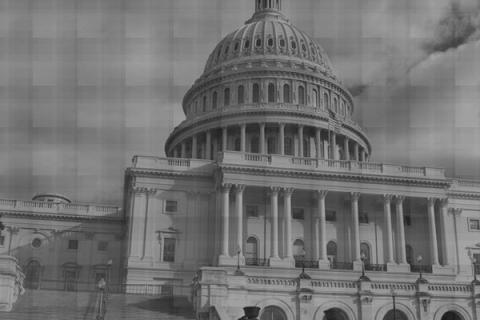A Harvard University study suggests that the severity of H1N1 was oversold to the public. It is unclear how H1N1 will affect public health over the coming months, but thus far, it has proven far less deadly than original predictions by the medical, pharmaceutical, and government communities. In the beginning of the outbreak, the World Health Organization (WHO) raised the pandemic alert to its highest level, and warned of a high potential for a worldwide pandemic, while the CDC predicted that as many as 90,000 could die in the US as a result of H1N1. However, only about 10,000 Americans died from swine flu complications in 2009. According to the CDC's own statistics, about 36,000 Americans die from regular influenza each year. In Great Britain, health officials predicted as many as 65,000 swine flu deaths in a worst case scenario, but have drastically revised this prediction to 1,000. Typically, about 4,000 to 8,000 Britons die each year from influenza.
Currently, the CDC is reporting that H1N1 flu activity may have peaked in October, a month in which only about 10-15% of the US Government's promised 120 million vaccines were in circulation mid-month, and that flu activity is steadily dropping nationwide. Despite these medical statistics, the US Government, scientific community, pharmaceutical industry, and much of the media are continuing to warn the public of another potentially, deadly wave and to push vaccination.
In Canada and Finland, for example, the response has been far different. In Canada, a top medical official has declared H1N1 to be a 'dud' pandemic and questioned his nation's $1.5 billion investment in vaccines, drugs, and specialized equipment. Dr. Richard Schabas, the chief medical officer in two counties in eastern Ontario, stated, "It's really not causing- and is not going to cause and nowhere near has caused- significant levels of illness or death." He went on to say, "But governments moved ahead regardless. They ramped up their response, spent a huge amount of money on vaccines and other things...for what has ultimately turned out to be, from a pandemic perspective, a dud." In Finland, the National Institute for Health and Welfare actually removed swine flu from its official list of dangerous diseases back in July.
While all human deaths are devastating and tragic, judged purely by the accumulated medical data, the swine flu has proven extremely mild. Numerous predictions have been blatantly falsified, and despite a well-coordinated marketing campaign and huge monetary investment by the US Government, H1N1 has come nowhere close to being a pandemic, an outcome that seems to mirror the unjustified panic which was stoked back during the 1976 swine flu "outbreak".
This should cause us to pause, take a step back, and conduct an objective evaluation. While many would argue that the scientific community, US Government, and worldwide organizations acted in good faith based on the best available data, the fact remains that the so-called pandemic is in fact, not a pandemic at all. Much like the swine flu hysteria of 1976, the swine flu hysteria of 2009 failed to live up to the hype. The scientific community was wrong. The WHO was wrong. The US Government, as well as state governments such as California, were wrong. And not to be overlooked, the pharmaceutical industry was wrong, though it raked in huge profits during a severe recession.
2010 is a new year for another round of testing, but if 1976 and 2009 have taught us anything, it is highly likely that the swine flu will prove relatively mild again this year. And if it is, it will provide independent-minded voters with yet another opportunity to hold the consensus of scientists, governments, and pharmaceutical companies accountable. Independent voters are encouraged to analyze all aspects of H1N1 and apply a similar method of objective analysis to other critical issues such as climate change, health care reform, government stimulus packages, financial rescues, and national security threats.
